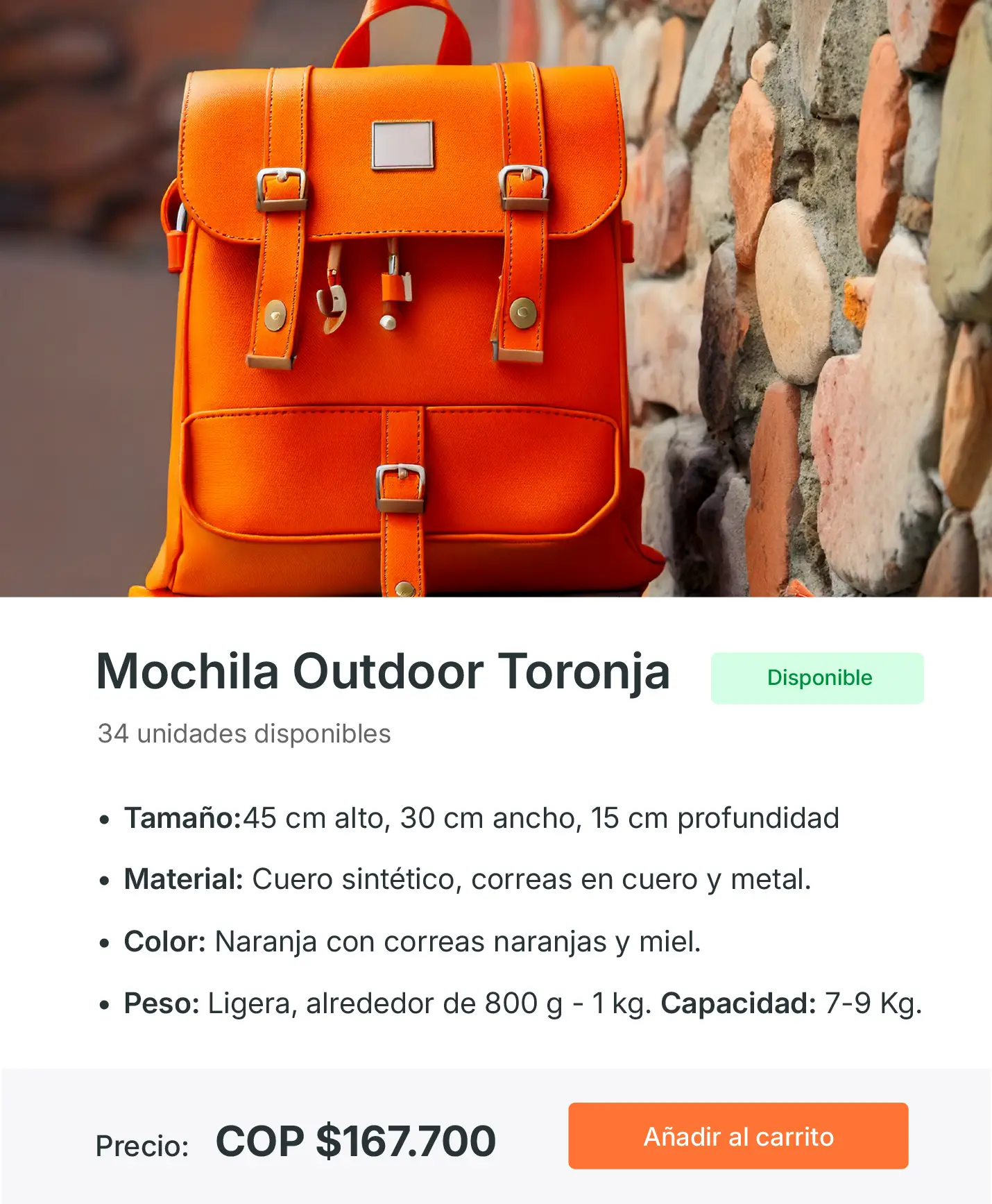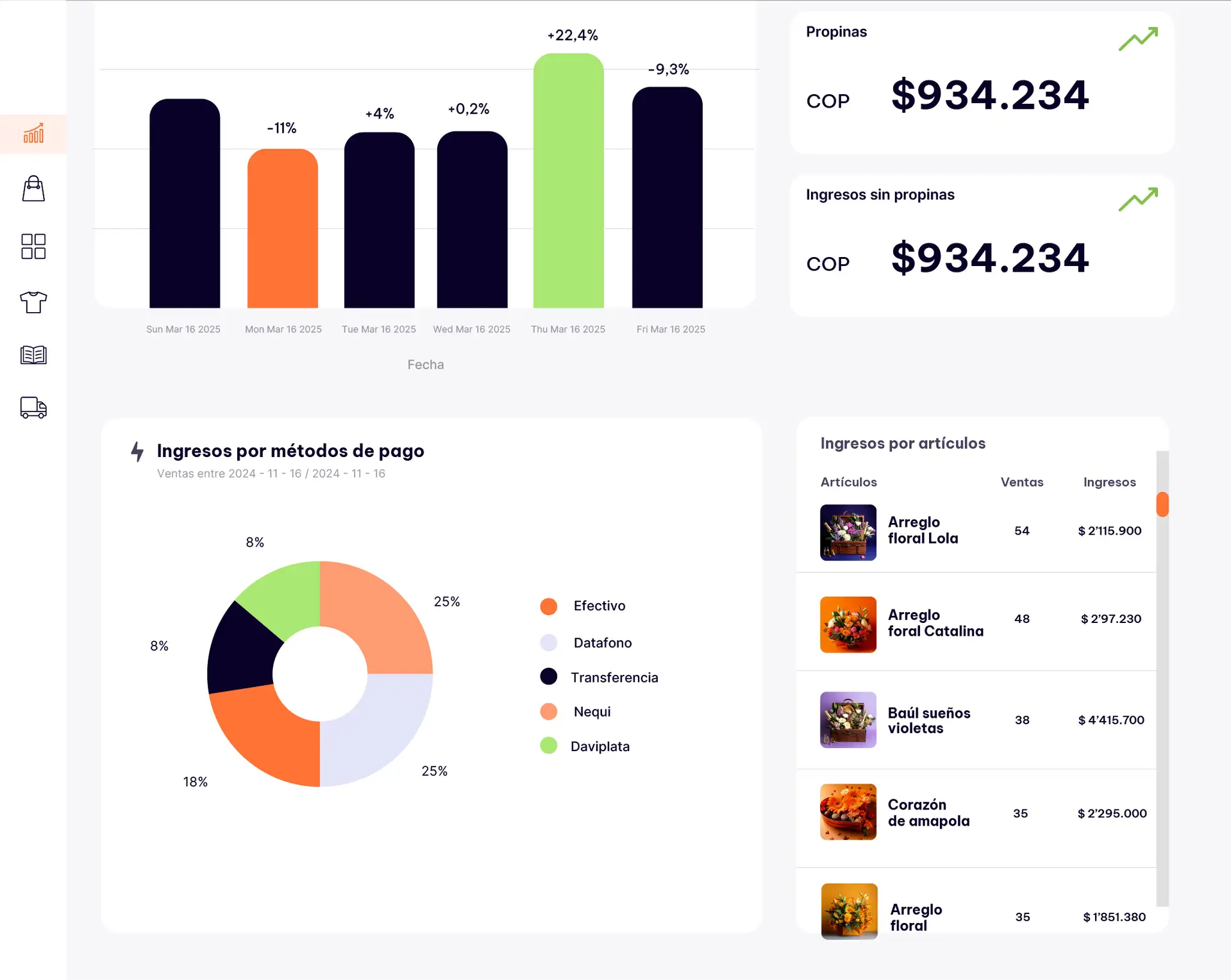Introduction: The Power of a Name and Visual Identity
In the bustling world of retail, where countless stores vie for attention, your store’s name and visual identity serve as the beacon that draws customers in. For small business owners and entrepreneurs, especially those just starting or validating their ventures, establishing a compelling brand presence is crucial.
Consider the name and logo as the handshake and smile of your business—they introduce you, convey your values, and set expectations. A well-chosen name paired with a consistent visual identity not only differentiates you from competitors but also builds trust and fosters loyalty among customers.
Many small business owners overlook how vital these elements are, thinking they can be improved later on. However, branding is a long-term investment. A strong retail name and brand identity will serve as the foundation for marketing campaigns, customer relationships, and even your future business expansion.
This guide will walk you through the essential steps to create a name and brand identity that align with your business goals and resonate with your target audience. We’ll cover the importance of understanding your brand, choosing a name, crafting a visual identity, ensuring consistency across platforms, and testing and refining your identity.
1. Understanding Your Brand’s Core
Before brainstorming names or designing logos, it’s essential to define the core of your brand. Your brand’s essence is the driving force behind every decision you make. It’s the foundation that will support your store’s name, visual identity, and customer interactions.
Define Your Brand’s Heart
The first step in creating a strong brand identity is to clearly articulate your brand’s purpose, vision, mission, and values.
- Purpose: Ask yourself why your business exists. What gap in the market does your store fill? What problem are you solving for your customers?
- Vision: Your vision should paint a picture of the future. Where do you see your brand in the next 5-10 years? This will guide your long-term goals and marketing strategies.
- Mission: Your mission defines the actions your business takes to achieve its vision. It should focus on how you will impact customers every day through your products or services.
- Values: These are the principles that govern your brand. Values are the compass that will guide your decisions, hiring practices, customer service approach, and how you interact with the community.
Why Is It Important?
By understanding these key components, you create a consistent and authentic brand that resonates with your audience. When you align your brand identity with these fundamental principles, customers can feel the genuine commitment behind your business.
Real Example:
TOMS, for example, has built its brand identity around a simple mission: “Buy one, give one.” This purpose-driven focus defines their marketing and customer experience. Their name, logo, and even their store designs reflect their core values of giving and sustainability. When a customer buys a pair of shoes from TOMS, they know they’re contributing to something greater than just a transaction.
Practical Exercise:
Create a brand statement using this formula:
“We exist to [purpose], because we believe [value]. We achieve this by [mission], working toward [vision].”By taking time to define these core elements, you set your business up for a brand identity that is both meaningful and impactful.
2. Crafting a Memorable and Relevant Name
Now that you have a clear understanding of your brand, it’s time to focus on creating a name that embodies your brand’s identity. Your retail name is one of the first things customers will notice. It’s crucial that it aligns with your brand’s core message while remaining memorable and easy to pronounce.
Key Characteristics of a Strong Retail Name
A great retail name should be:
- Memorable: It should be easy to recall, spell, and pronounce.
- Relevant: The name should convey what your business is about, either directly or indirectly.
- Unique: It should stand out from competitors and be distinct enough to avoid confusion.
- Scalable: Your name should allow for future growth. You want to ensure it still fits if you expand your product line or target market.
- Emotionally Resonant: A name that evokes an emotional connection can be powerful in making a memorable first impression.
Tips for Creating a Great Retail Name
- Brainstorm: Think about the emotions you want your store name to evoke. Do you want customers to feel inspired, excited, or reassured? Your name should reflect that feeling.
- Consider Word Combinations: Use metaphors or foreign words that convey your brand’s message. For example, the name “Zara” is simple but unique, with a meaning related to “flower” in Arabic—suggesting beauty and growth.
- Use Name Generators: If you’re struggling to find the right name, tools like Namelix, Shopify’s Business Name Generator, or Wordoid can help spark ideas.
Avoid Common Pitfalls
- Too Generic: Names like “Best Shoes” or “The Clothing Shop” don’t tell a unique story or help you stand out.
- Hard to Spell/Pronounce: Make sure your name is easy to spell and pronounce, especially if you plan to expand internationally or rely on word-of-mouth marketing.
- Confusing or Unintended Meanings: Research your name in other languages or regions to avoid embarrassing misunderstandings.
- Already Taken: Check the availability of your chosen name in domain registration platforms and social media to ensure it’s free.
Practical Exercise:
Make a list of 10 potential names. Check for availability in domain names, social media handles, and trademarks. Use tools like Namechk to see if the name is taken across major platforms.
3. Designing a Cohesive Visual Identity
Your visual identity is how customers will recognize your brand at a glance. It goes beyond your logo—it includes everything from your color palette to your fonts and the imagery you use on your website and marketing materials.
Elements of Visual Identity
Your visual identity encompasses:
- Logo: Your logo should be the cornerstone of your visual identity. It should be a unique symbol or icon that reflects your brand’s personality.
- Color Palette: Color psychology is important in branding. Colors like blue are often used for trust, while green evokes feelings of eco-friendliness. Think about the emotions you want to evoke when choosing your colors.
- Typography: The fonts you choose should reflect your brand’s tone. Serif fonts often feel traditional and trustworthy, while sans-serif fonts are modern and clean.
- Imagery: Your choice of imagery (photos, illustrations, graphics) should be consistent with your brand’s message. Are you going for a minimalist style or something more vibrant and bold?
- Design System: This includes elements like iconography, buttons, and packaging. Consistency in design creates trust.
Why Consistency Matters
A consistent visual identity across all platforms reinforces your brand message and helps customers immediately recognize your brand. Whether it’s a flyer, social media post, or in-store signage, your customers should instantly know it’s you.
Working with Designers
If you’re not confident in your design skills, it’s worth investing in a professional designer. Alternatively, use platforms like 99designs, Fiverr, or Canva to create visuals that align with your brand’s essence. A mood board can also be a great starting point to help communicate your vision to a designer.
Practical Exercise:
Create a digital mood board on Pinterest or Canva, and include 5 logos, 3 color schemes, 2 font pairings, and a set of images that align with your brand’s values and personality. This will serve as a visual reference when designing your logo and other brand materials.
4. Ensuring Consistency Across All Platforms
Once you’ve crafted your name and visual identity, the next step is ensuring that it’s applied consistently across all platforms. Consistency isn’t just about having the same logo everywhere—it’s about maintaining a unified voice, tone, and look.
Developing Brand Guidelines
Brand guidelines are a set of rules that define how your visual and verbal identity should be used. These guidelines should include:
- Logo Usage: Provide clear instructions on minimum sizes, placement, and any restrictions on how the logo should be altered.
- Color Codes: Include specific color codes (CMYK for print, HEX for web, RGB for digital) to maintain consistency.
- Typography: Specify which fonts should be used for headings, subheadings, and body copy.
- Voice and Tone: Define the tone of voice for your messaging. Should it be friendly, authoritative, witty, or professional?
- Layout Rules: Provide templates for the layout of materials like brochures, websites, and social media posts to ensure everything is cohesive.
Consistency Across Platforms
Your brand needs to be instantly recognizable, whether it’s seen on your website, Instagram, business cards, or email newsletters. Using consistent colors, fonts, and logos across platforms creates a seamless experience for customers.
Practical Exercise:
Create a sample social media post or flyer using your brand’s style guide. Ask a few people to look at it and tell you if it feels consistent with your overall brand. If it doesn’t, make adjustments.
5. Testing and Refining Your Brand Identity
Even after you’ve launched, it’s important to keep testing and refining your brand identity to ensure it’s resonating with your target audience.
Gathering Honest Feedback
Before fully committing to your name and visual identity, test it with real customers. This could be through:
- Surveys via Google Forms
- Focus Groups with 5-10 of your target customers
- A/B Tests on variations of your logo or brand messaging
Ask open-ended questions like:
- What emotions do you feel when you see this logo?
- What kind of business do you think we are based on the name and logo?
- Does the name suggest affordability, quality, innovation, or something else?
Be Willing to Iterate
Your brand identity isn’t set in stone. As your business grows, your identity might evolve. Keep collecting feedback, make necessary changes, and improve as you go.
Launch Soft, Scale Smart
It’s okay to start small. Launch with a basic version of your brand identity, gather feedback, and iterate. Your brand identity will evolve over time, and that’s a sign of growth.
Practical Exercise:
Create mockups of different branding elements (website, logo, packaging) and gather feedback from a small group of potential customers. Adjust your brand identity based on the feedback.
Final Reflection: Embracing Your Brand Journey
Building a brand takes time, but with patience and consistency, you can create a powerful identity that resonates with your customers. Your store’s name and visual identity reflect your values, your mission, and the promise you make to your customers.
Remember, the key to branding is authenticity. It’s not about being perfect—it’s about being consistent, relatable, and true to your mission. Embrace the process, stay flexible, and allow your brand to evolve as you grow.
Starting a retail business is not just about selling products; it’s about creating connections, building relationships, and making an impact. With a strong brand, your store will stand out, attract loyal customers, and achieve lasting success.





